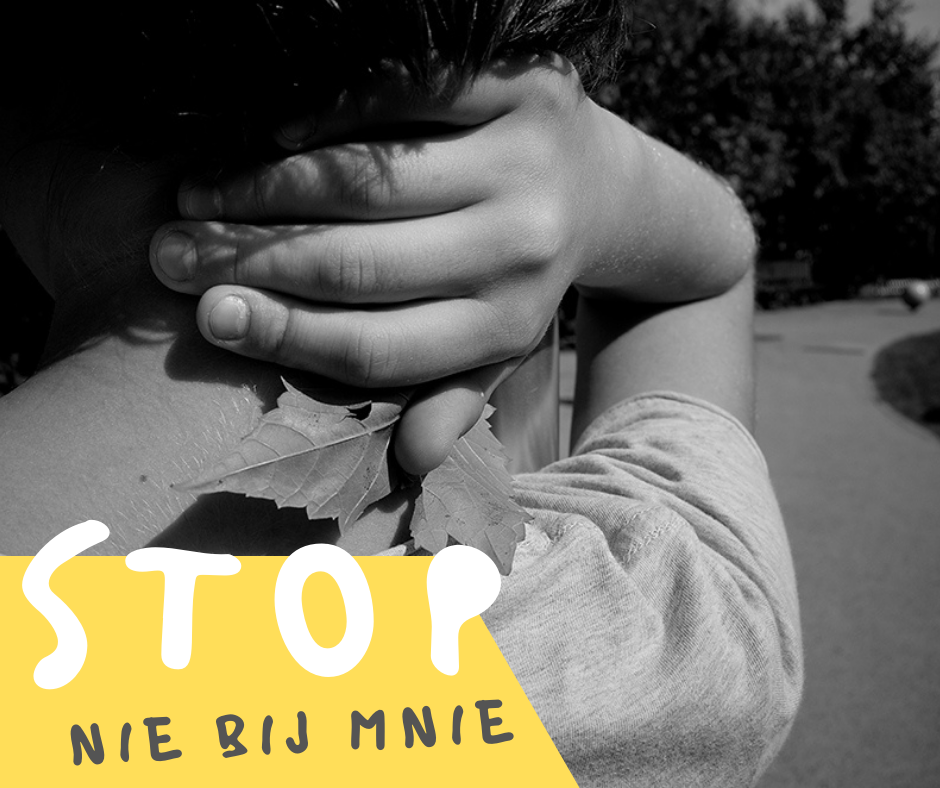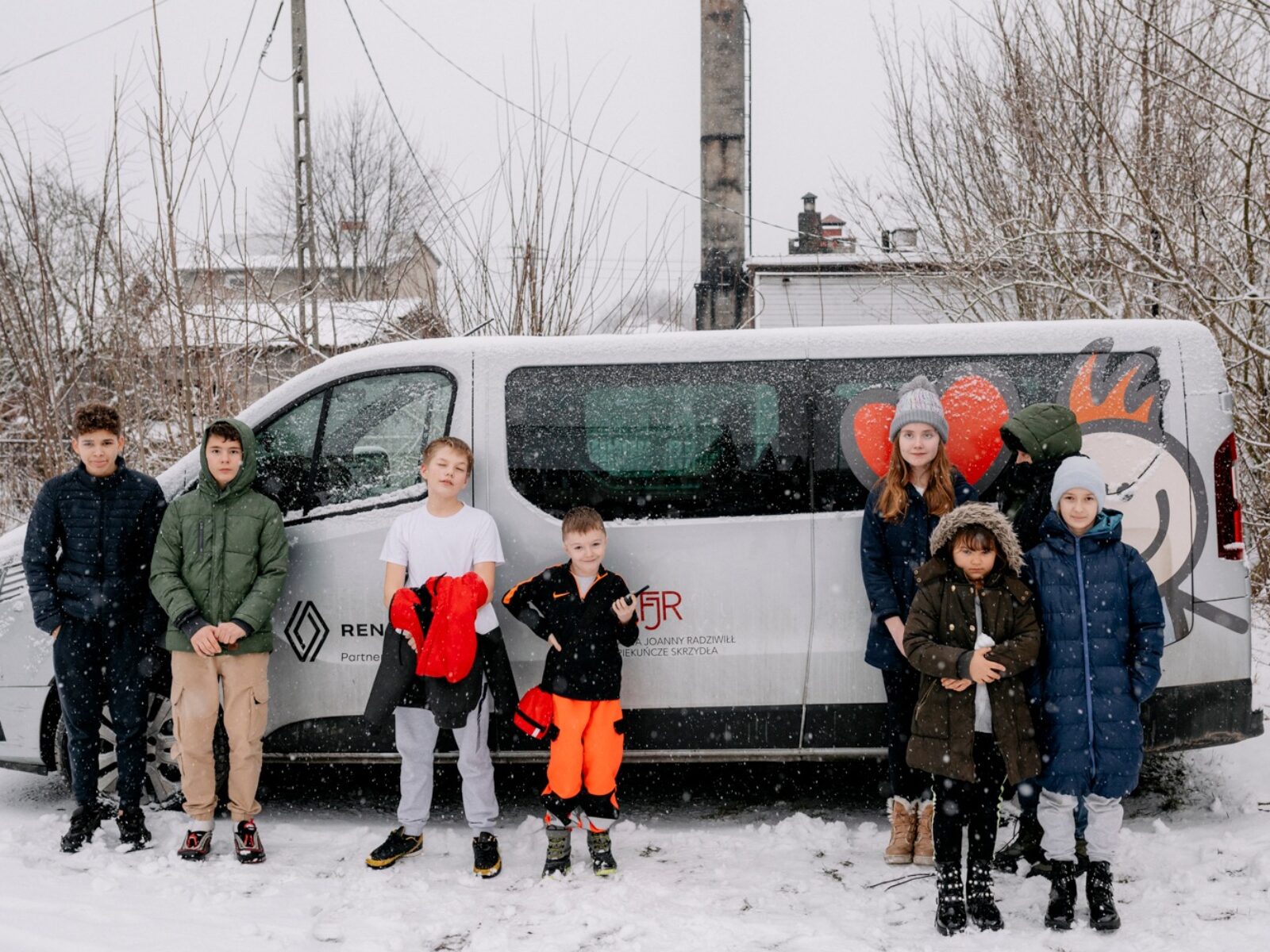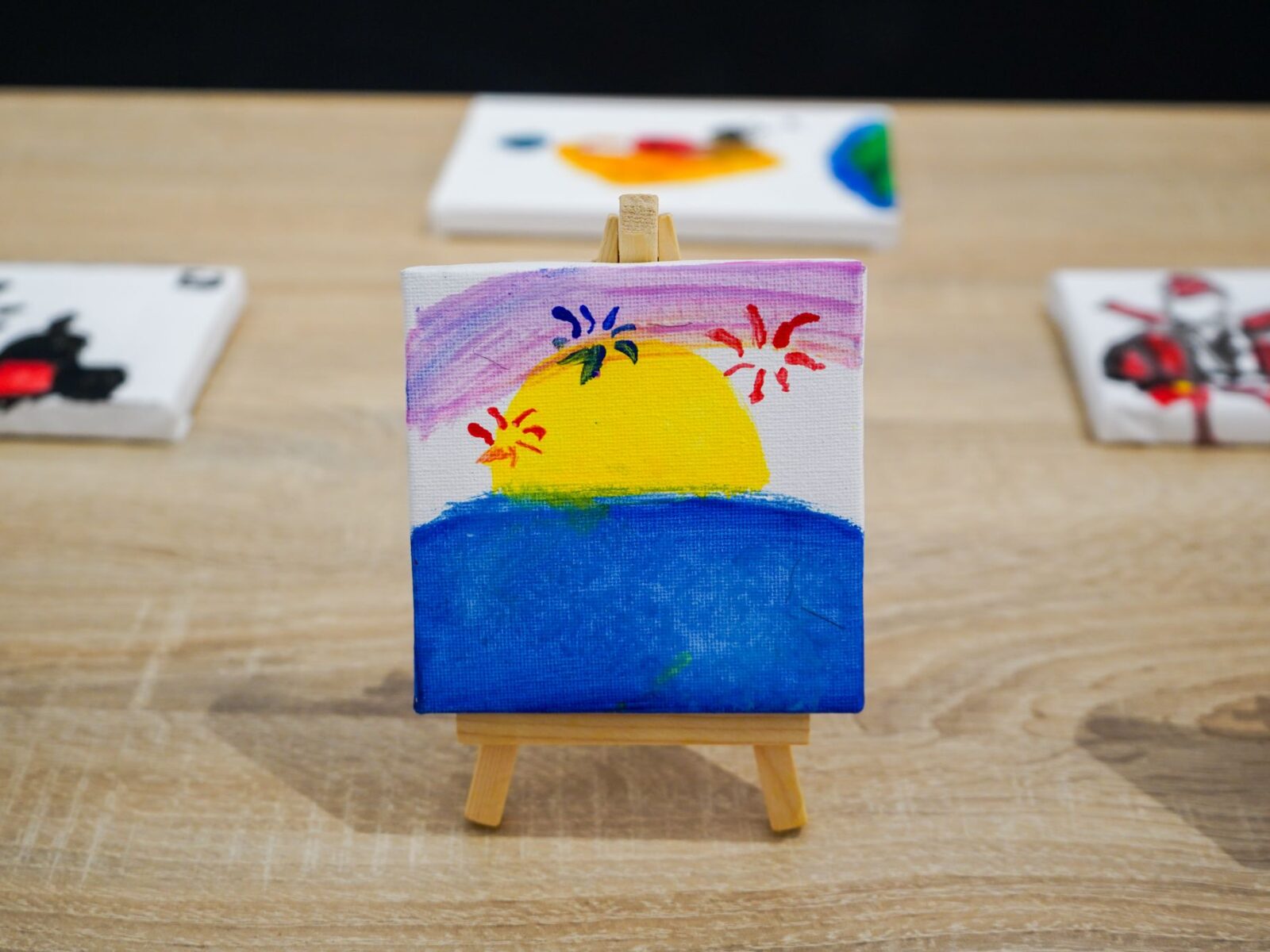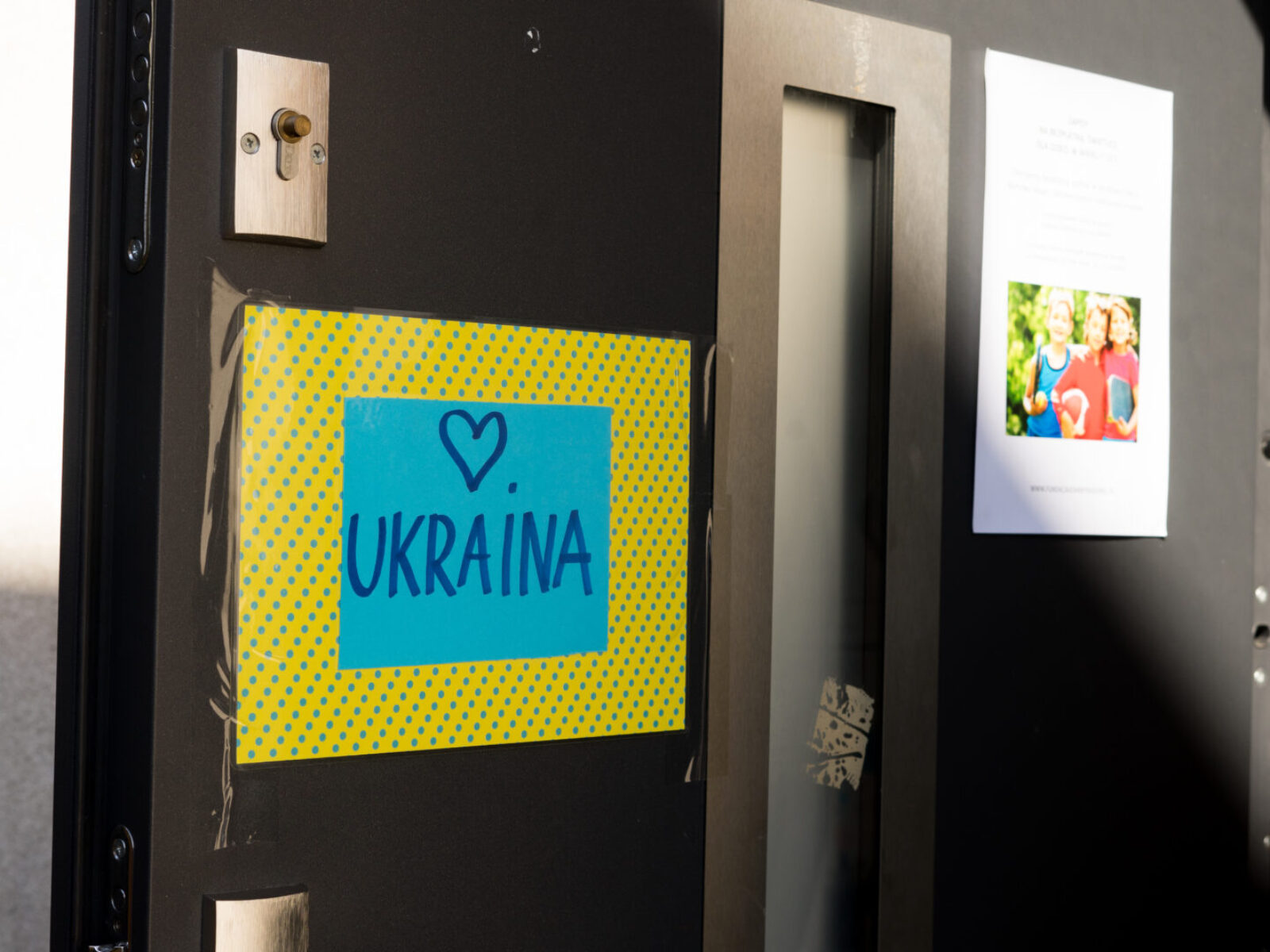30 April is the Day Against Beating Children. For us, it’s an important day. For us, it’s every day.
As a team of the Caring Wings Foundation, we want our voice to be heard. Beating, jerking, the so-called “one slap” or hitting in the face, shouting and humiliation are all VIOLENCE. Yes, V I O L E N C E . Every day children are victims of physical, mental and emotional abuse. Any violence stays with the child for life.
World Day Against Child Beatings is a day when we want to tell you about violence against children who receive daily support from educators, volunteers and donors at our Foundation House.For us, violence is not a theory we read about in the newspapers and learn about in college.We hear about it from children and see it on their bodies.It is a practice that we come into contact with every day.
Violence is like a gene passed down through generations.
Children learn by imitating the adults they live with. This has always been the case and will always be the case. That’s why violence acts as a gene passed down from generation to generation. For a child who lives in a home full of hatred, shouting and violence in every form, violence is the only form of communication, talking about emotions and dealing with them that they have learned. How does it work? An adult raised in a home full of physical and psychological violence knows no other way to communicate with his child. He can’t control his own emotions, and very quickly reaches helplessness in conflict situations. Unfortunately, this helplessness is followed by violence against the child. The proverbial spanking gives vent to the adult’s emotions, and by intimidating and humiliating the child also brings relief in the form of peace and quiet at home. And so the circle comes full circle. A child mistreated at home, humiliated and ridiculed, may transfer his own emotions to others and in adulthood will mistreat his own children.
Violent parents do not have the knowledge of how to redirect their emotions, how to cope, how to talk peacefully with their children. No one has taught them this. For an adult, changing one’s own behavior, thoughts and values is a huge, hard and conscious work. That’s why at the Care Wings Foundation, from a child’s first day at the Home, we show them ways to deal with their own emotions, teach them how to regulate them, and how to talk to others without fists. We know that the children in our charge look up to us, trust us and imitate us. We believe that by running a healthy House of Caring Wings, we can break the cycle of violence against children.
We dream of a world where nonviolent communication with a child is a daily occurrence in every family.
Children are the future. How we adults treat children shapes how they will look at the world, shape the world and treat others. How we treat children will determine whether the world will be full of empathy, tolerance and kindness or violence, yelling and spanking.
At the Care Wings Foundation Home, we talk to and observe all the children every day.We are close to their daily experiences at school, in the yard and at home.We talk to them and teach them how to deal with these emotions in a different way than their parents show them. We teach them to avoid violent situations.
We are healthy adults who show that it is possible to do things differently.
As professionals and specialists, we are able to spot when violence escalates in the home of a child in our charge. Spanking, slapping the face, using a belt or rope as a way to silence the child, humiliating the child, ridiculing the child. The beaten and humiliated child has different strategies. The first is to run away: that is, to withdraw, to pretend to be invisible, to agree to everything or to be perpetually charming and smiling. Such children quickly disappear. The second method is fighting: getting into conflicts with parents and siblings, translating one’s own emotions to other children, behaving aggressively at school and in the yard. Alcohol, stimulants, humiliating others. Through a close relationship with the children and adolescents in our charge, we learn about their emotional state. We talk about their daily problems and difficulties even before an uncontrolled conflict occurs, even before the child feels powerless and becomes a victim or aggressor. We observe the child’s mental and physical condition. We have established procedures at the Foundation so that we can react quickly when a child is threatened at home or when a child needs specialized care. We cooperate with our children’s guardians, school counselors, psychologists, OPS. We have a complete picture of the child and his family.
Say it in words, not feet.
One of the most important pedagogical tools we use to work with children at the Foundation is non-violent agreement. And even more important are: friendship, acceptance, openness. Care Wings Foundation Home is a safe Home where we treat each other like a big family.
– Uncle come out. We need to talk – said 14-year-old Justyna to our tutor, closing the door from Paul’s House room.Justyna and Zuzia closed to resolve the conflict themselves. Luke let them know that he was close by and could come at any time and help the girls get along, mediate. He gave them the feeling that they were safe. Justyna and Zuzia have been coming to the Foundation for several years now, they know that nothing threatens them here, that in this House no one will judge them, humiliate and ridicule them. Thanks to a sense of security and trusting healthy adults (educators), the girls have been able to get along. Thanks to the role models brought from the Foundation, Justina and Zuzia managed to communicate without hitting, brawling and yelling.
It’s hard to practice patience and emotional control in a home where everyone is constantly yelling and using violence as the only avenue of communication. At the Caring Wings Foundation, it’s up to the adults to create a space where children feel safe, where they don’t feel ridiculed and judged. The Foundation’s home is a space where all wards can safely learn and try new behaviors, can look for new ways to deal with their own emotions and difficulties.
Stand by your child’s side. React.
Every blow to a child, with words or with the hand, hurts, embarrasses, humiliates, ruins the child’s world.The child has a memory. He remembers every hit. The pain, fear and misunderstanding. He doesn’t remember what caused the conflict, but he will remember the emotions for a lifetime.
How can you respond when you witness violence against a child? Here are some ideas.
- Try to make contact with the parent;
- Ask the question: excuse me, is something wrong?
- refer to their own experiences: I remember when my children were a similar age. It was a difficult time for me. Can I help you with anything?
- Sometimes it is enough to show understanding:I can see that you are difficult.This is an effective way to draw attention to yourself, and divert it from your child;
- Name what you see (don’t criticize the adult’s behavior!):I see that you hit the child, Please do not hit the child;
- if you see a child’s health and life threatened, call 112.
Remember:
Law on Prevention of Family Violence (dated 29.07.2005), Art. 12. (Obligation to Report Violent Crime) emphasizes that Persons witnessing domestic violence should notify the Police, the Public Prosecutor’s Office or any other entity working to prevent domestic violence. Article 12 of the PPwR Law (dated 29.07.2005) also regulates professional situations: “Persons who, in connection with the performance of their official or professional duties, become aware of a suspicion that a family violence crime prosecuted ex officio has been committed shall immediately notify the police or prosecutor. Reporting serious crimes against children, such as grievous bodily harm or sexual abuse, is the legal duty of every citizen. We adults are responsible for the fate and lives of children. Let’s not let them be left alone.
_______________________________________________________






